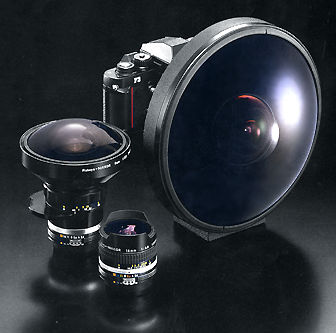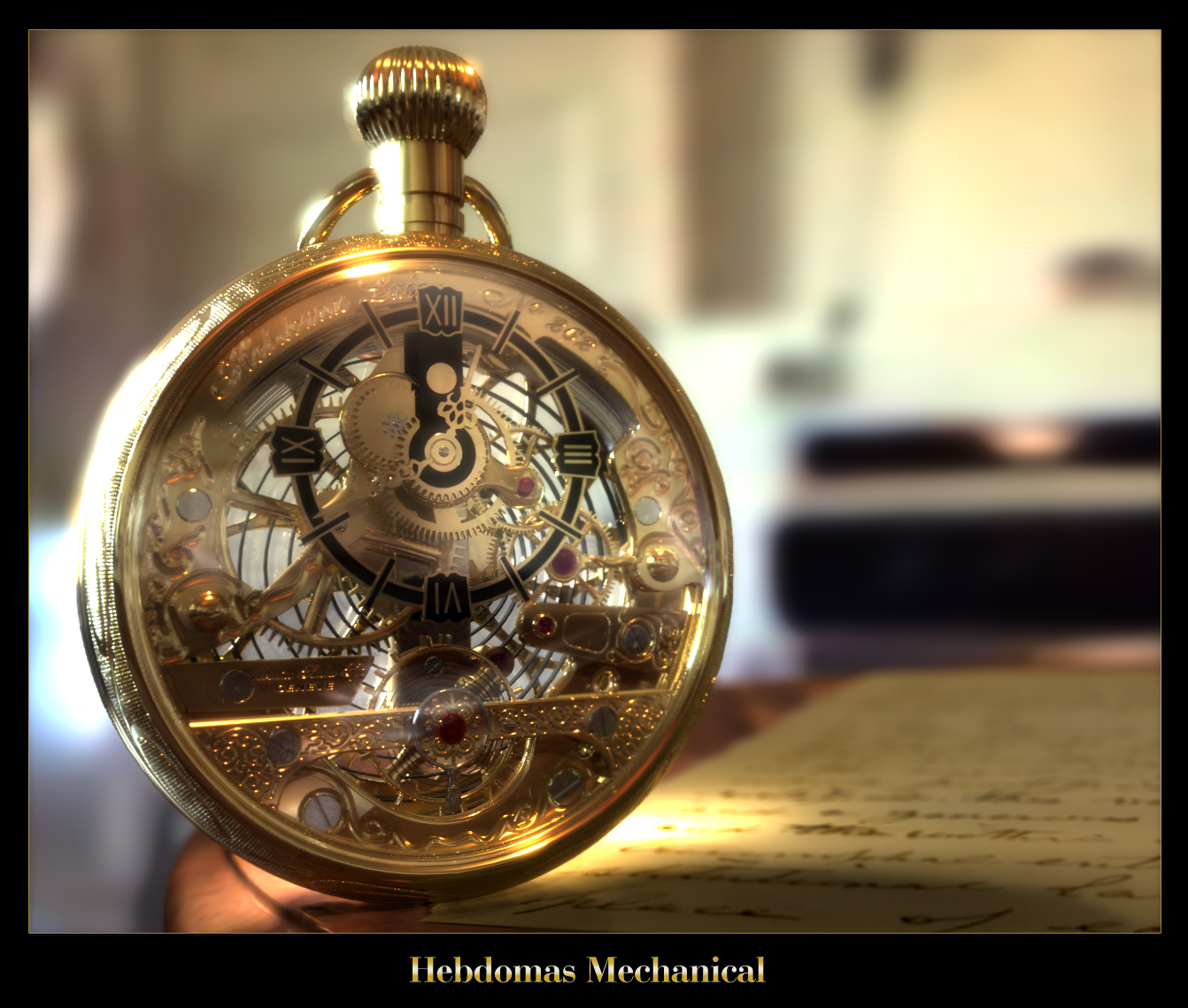BEAM Robotics- based on Nervous Network Technology
Experiments into colour visoooo00000000000OOOOOOOOOOOON!!!

|

COLOUR VISION: REQUIREMENTS
So here we find ourselves so excited that we are overcome with a great many odd neuroses, most prominent of which is a nervous twitch of one's lower eyelid.
REQUIREMENTS
Firstly, we are sensing light, therefore the most
brutally obvious requirement is a sensor of some sort.
There are many various optical packages out there, each with their own
ups and downs.
LDRs
Photodiodes
LEDs
Special Application Packages
Regardless of which package is eventually chosen, simple sensors alone may not suffice. One still has to discriminate between individual wavelengths. Now as stated before most colours have and independent spectral signature or a combination of the primary colour's spectral signatures. So, it would make sense to have sensors each dedicated to one of the primary colours: Red, Green (Yellow really) and blue. Which would be a 3 dimensional matrix...
There are other considerations which must be made, for instance the ambient (white ) light could be accounted for, which would add a fourth dimension.
Another thing is that IR will affect all of the sensors so considerations must be made for that as well, whether electronic or mechanical.
Secondly we learned in the preamble that the colour of
an object is the complementary reflected wavelength after the
absorption of other frequencies in incident white light. So the next
thing we need to do in order to sense the complementary colour is to
produce monochromatic [white] light. Ideally, white LEDs will suffice.
Perhaps another alternative would be to use an RGB LED instead. This
would be much the same as using the white LEDs I believe, as if the
object is red, only red light would be reflected whilst the other 2 are
absorbed. But one supposes there will be a need for experimentation
here.
Another requirement is the ability to compare the
signals produced from the sensors. We can use opamps for that purpose
without any difficulty.
This leads us to the next issue.
If we are comparing the signals from the sensors, if one comes across a secondary colour like say, "blurple", obviously it would be a mixture of several primary colours, and there may be a need to combine the information from the sensors to get a reading from that colour.
However, in this treatment emphasis will be on accurately sensing the primary colours before I even think of identifying secondary ones.
|
From this treatment we can realise what he requirements are for this experiment. Click to see what they are.
|